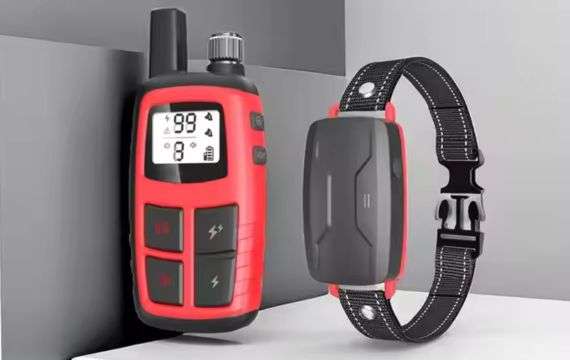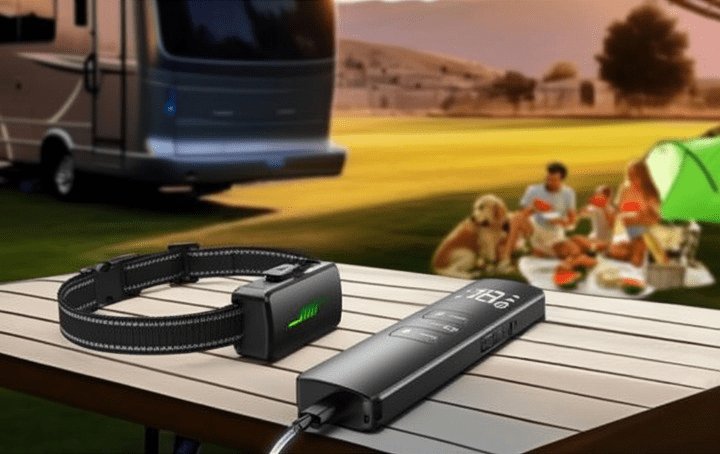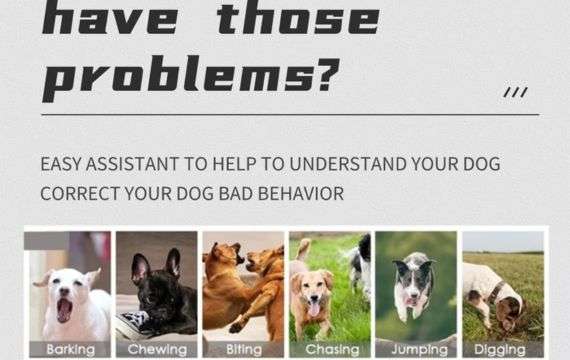When I first brought Max home—a lively, stubborn golden retriever—I imagined long walks, fetch in the park, and cozy evenings on the couch. What I didn’t expect were the endless barking fits, disobedience, and pulling so hard on the leash that I’d come home with sore arms.
We tried treats, clickers, voice commands, even professional training classes. Some worked, but not consistently. I felt frustrated, defeated, and—most of all—guilty. I didn’t want to yell, but I also didn’t want to give up.
Then someone recommended a shock collar. At first, I was horrified. “Isn’t that cruel?” I asked. But after doing careful research, I realized not all shock collars are the same—and when used responsibly, they can be effective tools for communication, not punishment.

A New Beginning with Smart Trainig Collar
I chose a modern training collar with adjustable levels and vibration and tone options—not just static correction. I read guides, watched tutorials, and introduced the collar slowly. My goal was never to hurt Max, but to give him clearer boundaries in a way he could understand instantly.
To my surprise, the results were almost immediate.
The first time I used the beep sound during a barking episode, Max paused. I followed up with a calm command, and he sat down. It was the first time in weeks I didn’t have to shout to get his attention. I started using the vibration mode during walks to gently guide him back when he pulled too far ahead. Soon, he was walking beside me—relaxed and focused.

What Changed: Not Just Behavior, But Bond
It wasn’t just Max who changed—it was me, too.
Before, I was constantly reactive. Now, I was more consistent, more calm, and more in tune with his cues. The collar didn’t just teach Max what not to do—it helped me learn how to lead better. Training sessions became moments of teamwork, not conflict.

We celebrated small wins: coming when called, sitting before crossing the street, ignoring squirrels (okay, most of the time). I rewarded him with affection, praise, and yes—plenty of treats.
Important Lessons I Learned
- Choose the right device: Look for collars with multiple modes (beep, vibrate, static), adjustable levels, and safety features.
- Start slow: Introduce the collar gently and associate it with positive training.
- Never use it in anger: It’s a communication tool, not a punishment device.
- Combine with rewards: Positive reinforcement builds trust, not fear.
- Know your dog: Every pet is different. Watch how yours responds and adjust accordingly.
The Outcome
Today, Max is still the playful, spirited dog I brought home—but with better manners. And I’m still the loving owner I was—just better equipped. The shock collar didn’t replace love or training. It simply became a tool that helped bridge the gap between confusion and understanding.
Would I recommend it? Yes—with education, empathy, and responsibility. Because at the end of the day, it’s not about controlling your dog. It’s about connecting.


